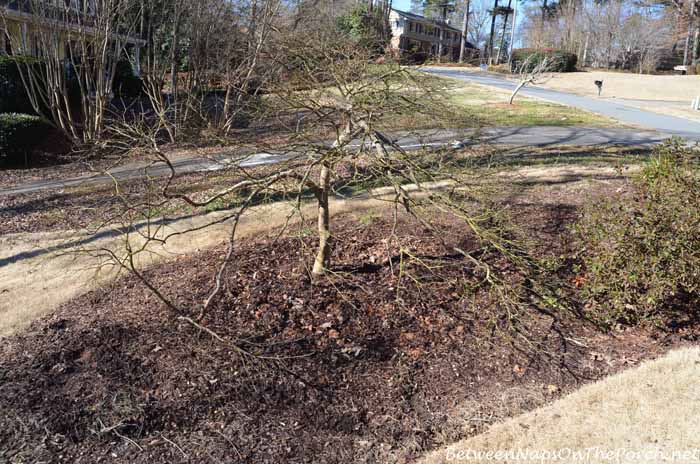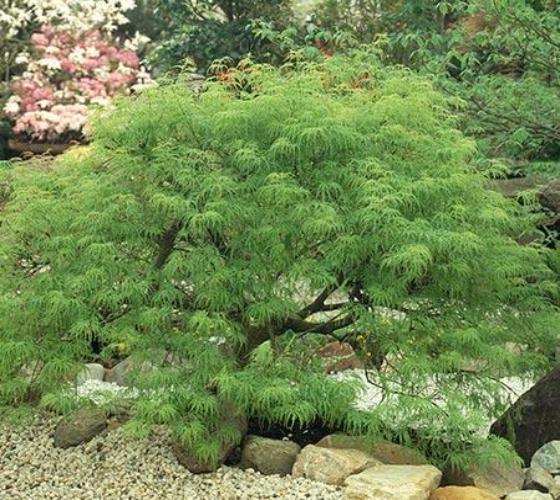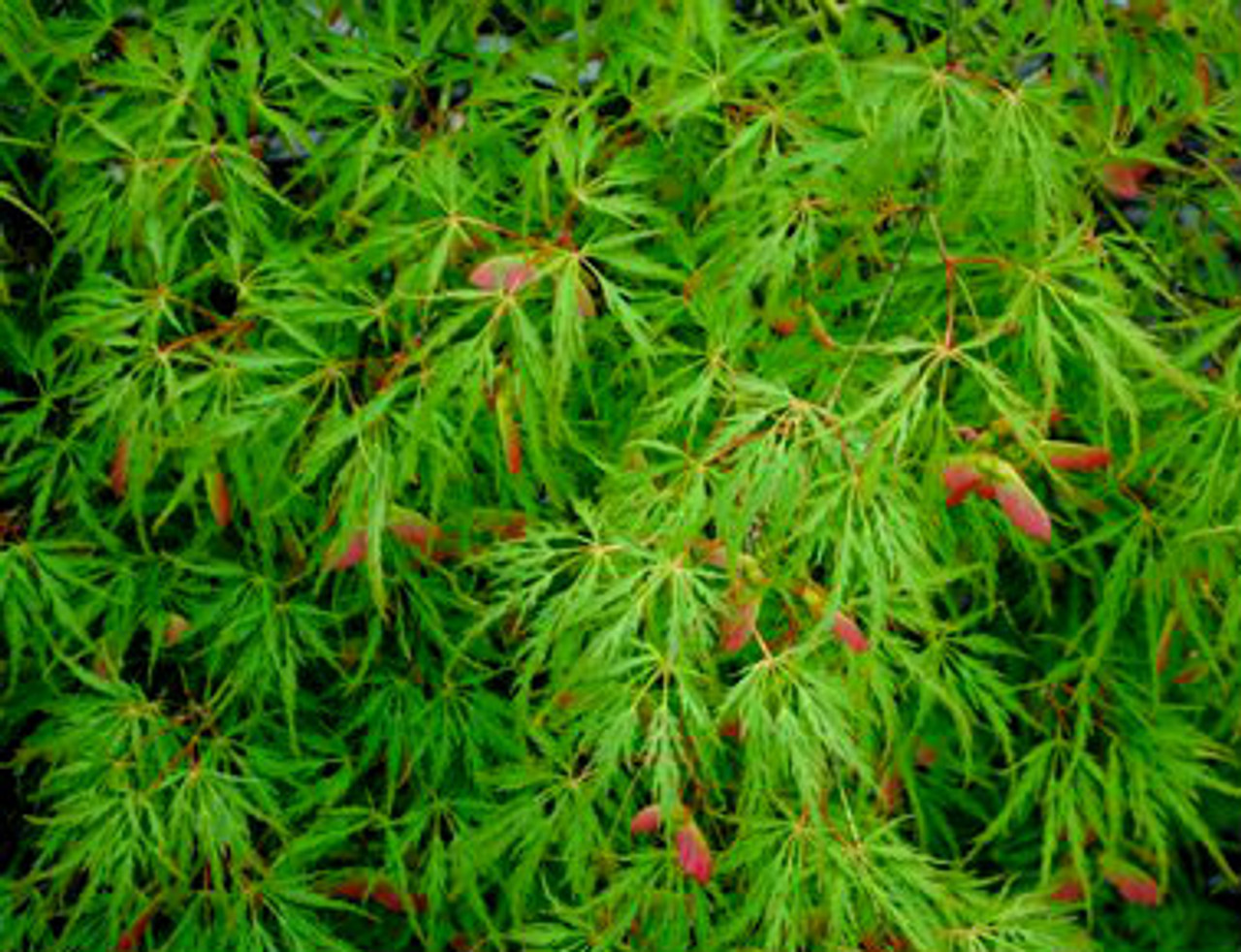

The Butterfly is unique in that it provides both tranquility and exhilaration at the same time. Divergent and delicate leaves make this plant one of a kind. This majestic tree is perfect for balconies and patios with limited space. When the Acer palmatum Butterfly’s leaves are in bloom, they become a lovely shade of cream and pink. The dwarf maple grows to a height of 6 to 10 feet, with a crown up to 12 feet broad. This weeping maple, known as the “Waterfall,” has a large, wide-spread canopy.

The foliage of laceleaf Japanese maples, which are green in the summer, transforms into a stunning array of colors in the autumn. A wall or bank is the ideal location since it allows the liquid to run freely.
Waterfall japanese maple height torrent#
One of a kind in its habit of literally pouring down any bank or wall in its path, this tree is a veritable torrent of greenery. The waterfall maple plants USDA hardiness plant zone is 5-9.ĭuring the summer, the leaves are a soothing shade of green but come autumn, they burst into a riot of yellow, gold, orange, and red. The most spectacular example of cascading appearance is the waterfall Japanese maple. It’s a slow-growing maple that grows to a height of 8 to 10 feet (2.4 to 3 meters) and a width of 8 feet (2.4 meters). It’s preferable to plant the Japanese maple ‘Viridis’ in partial shade.

The USDA hardiness plant zone is 5 to 9 for Viridis maple. Visual appeal is provided by the crookedness of the maple tree trunk and branches throughout the winter months in a Japanese maple. Leaf color changes from green to yellow or orange in the autumn on the lace leaf or cut-leaf Japanese maple tree. Viridis Mapleĭwarf, multi-stemmed ‘Viridis’ Japanese maples with lace-like leaves composed of thin, spiky blades. Yellow palmate leaves against reddish-pink bark make the coral bark maple stand out among other trees of its species. In addition to its gorgeous coral-red bark, Japanese maples have yellow, five-lobed leaves and a vase-shaped growth habit. From a yellow-green start to a light-green finish, their autumn coloration is a golden yellow. Coral Bark Japanese MapleĬoral gnarled ‘Sango-Kaku’ is a Japanese maple with ferny, 2-inch (5 cm) long leaves.
Waterfall japanese maple height full#
It may be grown in USDA zones ranging from 5 to 9, even in full sun. The width of the ‘Crimson Queen’ Japanese dwarf tree may reach up to 12 feet (3.6 meters) at its maximum height of 8 to 10 feet (2.4 to 3 m).

This maple tree forms a stunning bushy maple plant with its reddish-orange foliage. As long as the laceleaf maple gets enough sunshine, it retains its brilliant foliage hues. ‘Crimson Queen’ The burgundy-red lacy leaves of the Japanese maple, a small ornamental tree, retain their color from spring through summer and become a brilliant scarlet in the autumn. Some of the prominent types of Japanese Maple Trees are-Īfter knowing the names of different Japanese maple, let’s discuss some of their prominent types. Types of Japanese Maple TreesĪt present, Japanese maple trees have more than 2000 variations. Planting Japanese maples requires well-drained soil and full to partial light.īecause of the heat of summer in zones 7 to 8, the leaves of these plants might benefit from partial shade or dappled sunshine. The majority of Japanese maples are hardy in USDA zones 5 to 8, although a few if planted in sheltered areas, may survive in USDA zone 4. In spite of the tree’s springtime blossoms, the five, seven, or nine lobed palmate leaves are what really catch the eye. These trees’ height ranges from 4 to 30 feet as they’re slow-growing, tiny species. Japanese maple trees are basically famous for their exquisite and vibrant fall leaves. Actually, it is one of the most typical trees for Bonsai. Japanese maple or Acer palmatum is a small and unique tree that can be grown both in the ground or in pots.


 0 kommentar(er)
0 kommentar(er)
